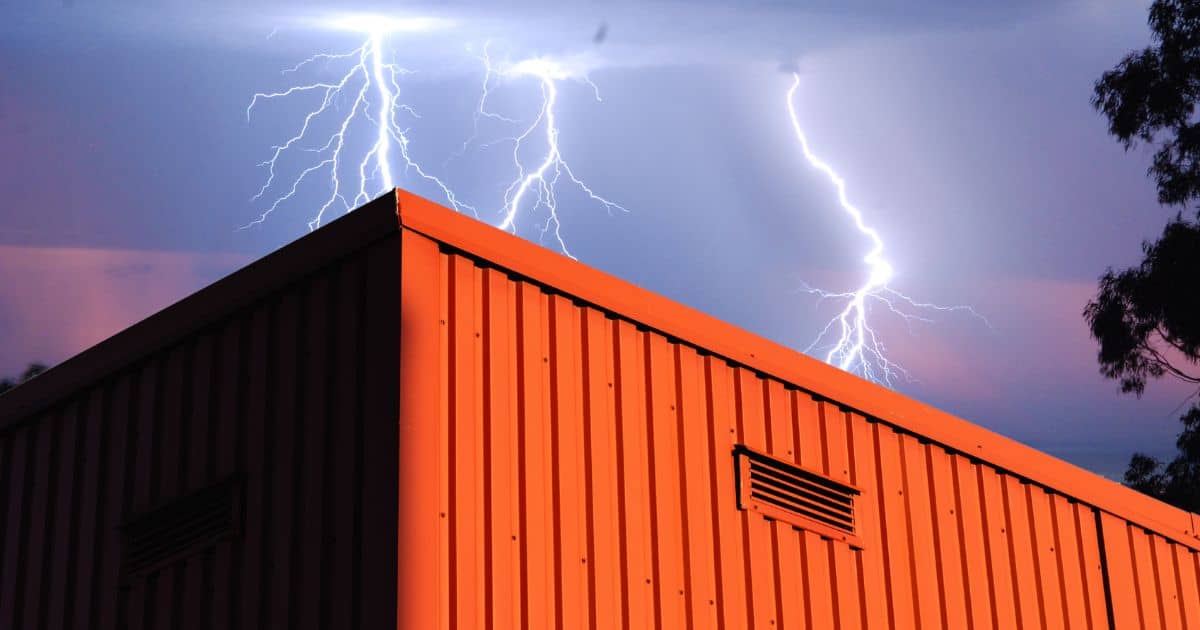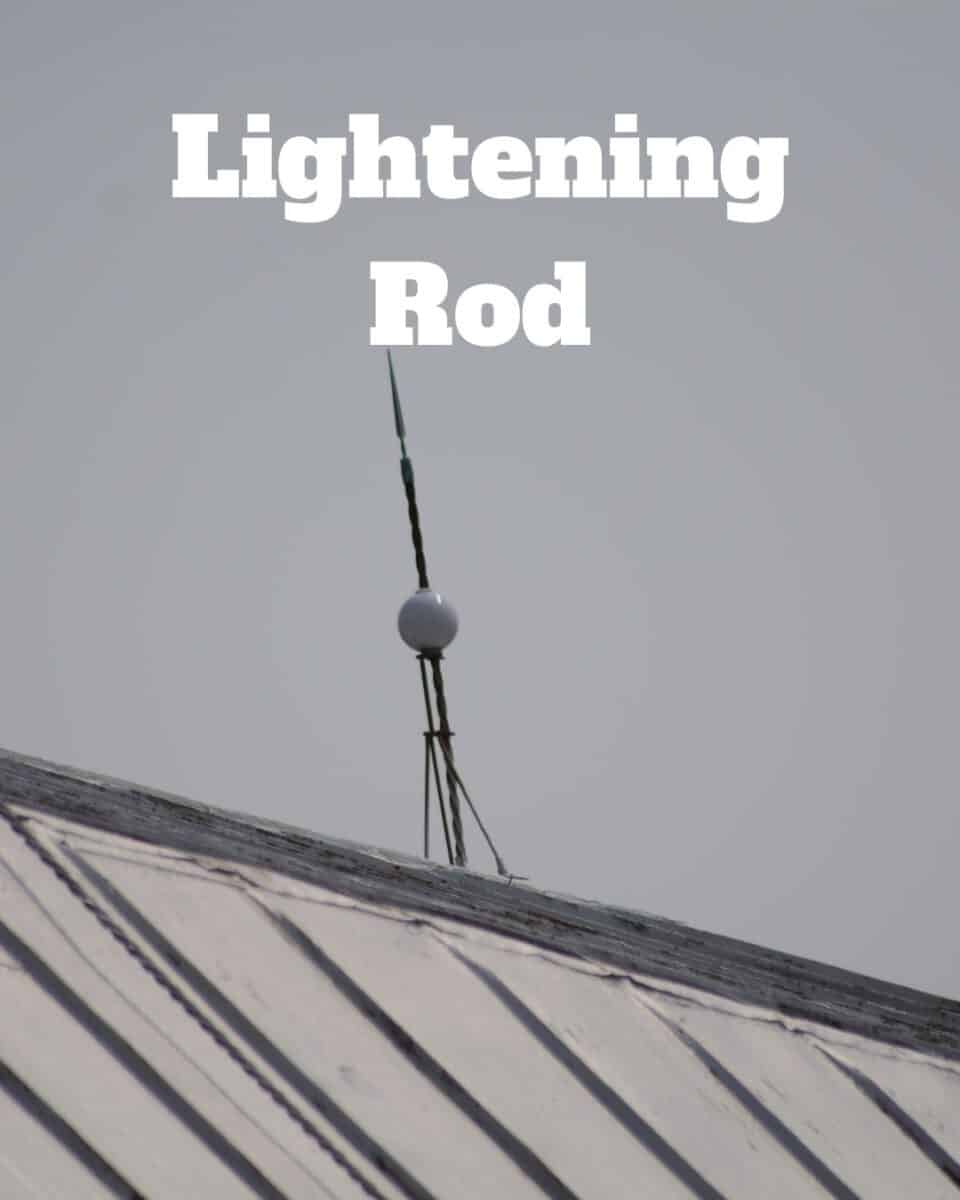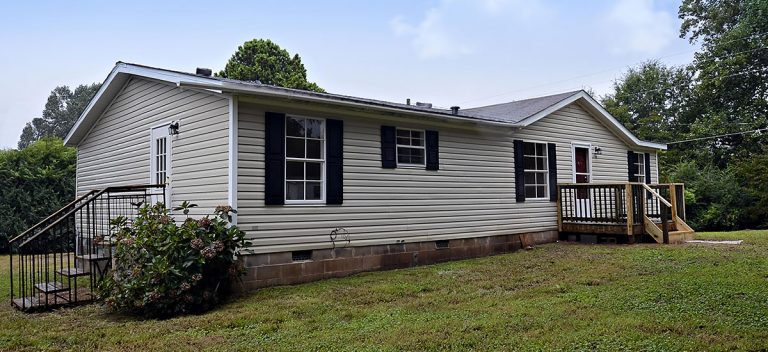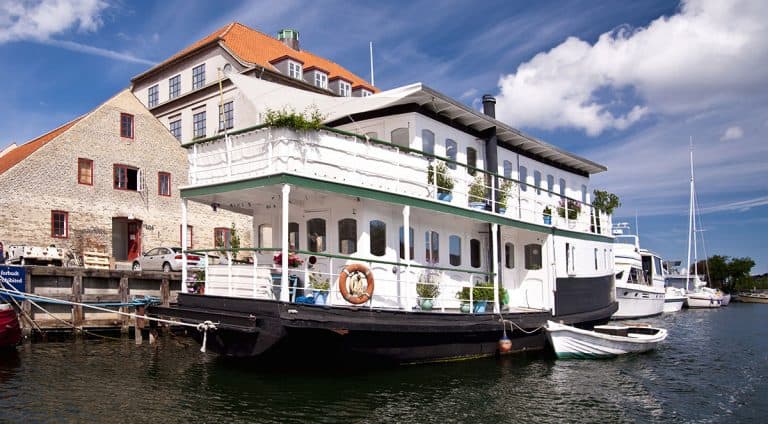Do Container Homes Attract Lightning?
If you’ve spent any time scrolling Pinterest or watching tiny home tours on YouTube, chances are you’ve seen a shipping container home and thought, “Wow, that’s cool. Modern, minimalist, a little edgy. I could live in a steel box.” And honestly? Same.

But then comes the big question. The one that strikes right in the middle of the night, like… well, lightning:
“Wait, aren’t these things giant metal boxes? Won’t they attract lightning?”
Let’s talk about it. Because while container homes are having a moment, nobody wants their dream DIY house turning into a high-voltage science experiment.
First Things First: Metal ≠ Lightning Magnet
Here’s where we need to separate science from movie logic.
Yes, shipping containers are made of steel. And yes, steel is a good conductor of electricity. But being made of metal doesn’t mean lightning is hunting you down with GPS coordinates just because you live in one.
Lightning is lazy. It takes the easiest, most direct route to the ground. That’s usually the tallest thing around. Trees, power lines, towers—those are lightning’s favorite hangout spots. A single-story shipping container sitting in a field? Not exactly irresistible.
So unless you’ve mounted your container home on a hilltop with a neon sign that says “FREE ELECTRONS HERE,” you’re probably not at the top of lightning’s to-do list.
But… What If Lightning Does Strike?
Let’s say, hypothetically, lightning decides to throw caution (and a couple million volts) to the wind and zaps your container home. What happens?
Ironically, metal might be your best friend in this situation.
When lightning hits a metal structure like a container home, the electricity travels around the exterior, not through the interior. This is the same principle that protects people in cars during thunderstorms. It’s called a Faraday cage—basically a fancy name for “metal box that keeps the scary stuff out.”
So weirdly enough, if your shipping container is grounded properly, you’re actually safer inside it than you might be in a traditional wood-frame house. Yep. The very thing that makes people nervous—the metal—is also what helps protect you.

Real Talk: Risks Still Exist
Now, this isn’t to say you should start dancing on your container’s roof during a storm with a golf club.
There are risks, but they mostly come from bad grounding, poor electrical work, and oversized egos during DIY projects. If your container home isn’t grounded properly (which basically means giving lightning a clear path to the earth), the electricity can cause serious damage.
We’re talking fried appliances, damaged electrical systems, and in extreme cases, structural issues. Basically: expensive, inconvenient, and not the kind of spark you were hoping to add to your living space.
What Should You Actually Do?
Alright, if you’re still in the “should I build one of these?” phase—or if you already own a container home and are nervously checking the weather app every five minutes—here’s what you need to know:
1. Ground it like your life depends on it.
Seriously. This is the key. Have a licensed electrician install a proper grounding system. That means using ground rods, heavy-gauge wire, and surge protection to redirect lightning safely into the earth.

2. Don’t skip the surge protection.
Install surge protectors on your electrical panel and sensitive appliances. Because if lightning hits anywhere nearby, it can still send voltage spikes through the grid.
3. Watch your placement.
If you plop your container home right in the middle of an open field, you’re raising your chances. If it’s tucked in near trees or other taller structures, you’re not the first target. That said—trees can also catch fire when struck, so balance is key.
4. Roof accessories = lightning bait.
That fancy steel chimney or rooftop wind turbine? Could be a new target. If you’re installing anything tall or metal on your roof, it may need its own lightning rod or grounding system.
TL;DR: Should You Be Worried?
In the battle of Container Home vs. Lightning, the real villain isn’t the metal walls—it’s bad planning.
So no, container homes don’t magically attract lightning just because they’re made of steel. But they do need to be grounded, just like any other house. Do that right, and you’re more likely to ride out the next thunderstorm binge-watching Netflix than running for the hills in a tin foil hat.
Container homes might look like oversized Legos, but with the right setup, they’re tough, safe, and surprisingly storm-smart.
Just… maybe hold off on installing that rooftop weather vane shaped like a lightning bolt.
Final Thoughts:
If you’re dreaming of living off-grid in a container home surrounded by nature, rainstorms, and possibly goats, don’t let lightning fears stop you. Build it smart. Ground it right. And remember: in the great cosmic game of tag, lightning’s not out to get you specifically.
Unless you’re holding a metal rake in a field. Then yeah, maybe go inside.








“if lightning does shit a container home”
i think someone should have proof read this before publishing lol
Greg, thanks for letting me know. I have to admit I laughed out loud when I realized we missed this is editing.
I guess that is how someone might feel if they got struck by lightening! HA!
I just rewrote the article and updated it. Thanks for letting me know. No longer does lightening shit a container home! HA! (I can’t stop laughing at our mistake – too funny!).